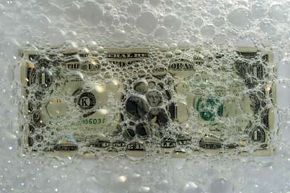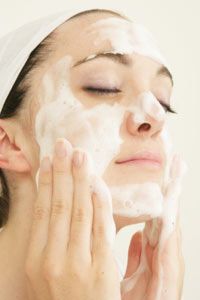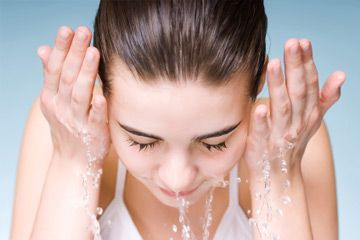When it comes to something as seemingly simple as keeping your face clean, there's no shortage of gels, creams, lotions, soaps, scrubbers, exfoliators, moisturizers and other products to choose from. You would think from the sheer quantity of products on the market that cleansing your face would be a very complicated and time-consuming practice to engage in.
Many products are grouped with other products, so that each label directs you to buy the other products in the group as well -- you can't buy the cleanser without the accompanying moisturizer, the company scolds. Suddenly, maintaining basic grooming standards becomes a pricy habit.
Advertisement
And once you've determined for yourself what types of products you should use and which you're not interested in, you're still faced with a pretty wide range of prices among similar products. An exfoliating cream from Company A may cost four or five times as much as a similar product from Company B. How different can they be? And do you even need an exfoliating cream when you've set your sights on cutting unnecessary expenditures?
Just as you may suspect, many of the products that share a category are nearly identical in all but brand name and packaging. In some cases, two identical soaps made in the same facility can be packaged, marketed, priced and distributed as two different products (as is the case with store-brand discount products of almost any kind).
However, as with makeup, sometimes there is a difference between cheap and expensive facial cleansers. Manufacturers justify higher prices for grooming products in part by claiming that despite having the same ingredients, the high-end brand uses better ingredients while the budget brand uses second-rate materials on the cheap.
Of course, nobody wants to pinch pennies on skin care cleansers if the product doesn't serve your needs. Having healthy (and healthy-looking) skin is important to appearance, self-esteem and all-around health and well-being. Isn't it worth paying a little extra to prevent blemishes and dull-looking skin? Won't cheap products just irritate your skin or worsen your dryness?
Hold off on that purchase until you've read the next page.
Advertisement


